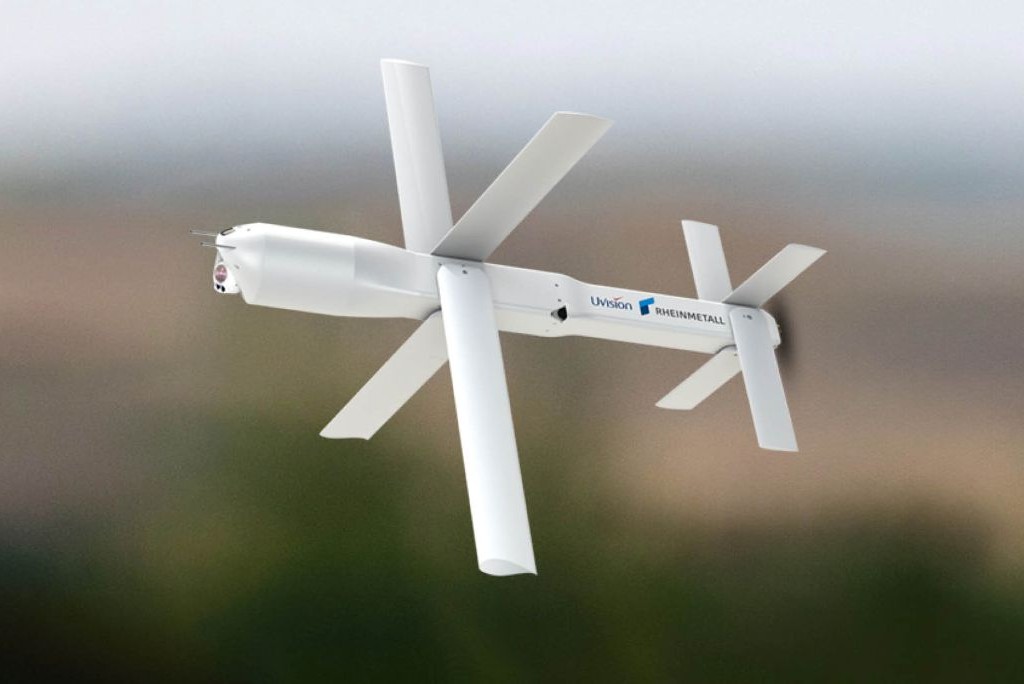Space Force Develops New Space-Based Missile Defense Prototypes Amid Rising Secrecy
Awards Notification and Secrecy
The Space Force has opted not to disclose the contractors awarded the inaugural contracts for the Golden Dome missile defense prototypes. This decision adds another layer to the opacity that has characterized this project since its inception.
A spokesperson from the Space Force confirmed that multiple contracts were issued under a competitive Other Transaction Agreement (OTA), which allows for greater flexibility in procurement but lacks the transparency found within traditional federal acquisition protocols. Notably, contracts valued under $9 million and classified as OTAs are not mandated to be disclosed publicly.
Official Statements
The spokesperson emphasized the robustness of the selection process, stating, “The Space Force will spearhead a fast-moving initiative in collaboration with industry partners to develop, demonstrate, and deliver prototype interceptors.” Currently, the identities of the awarded contractors remain confidential due to heightened security protocols.
Industry Involvement and Concerns
Reports suggest that companies including Lockheed Martin, Northrop Grumman, True Anomaly, and Anduril may have received contracts aimed at creating interceptors designed to neutralize missiles during their initial launch phase. This has spurred growing concerns about the ongoing secrecy surrounding the Golden Dome initiative, which was initiated following an executive order from former President Trump on January 27.
Defense experts have raised alarms about the limited communication regarding the project, particularly as the military seeks innovative input from various industry stakeholders. This communication gap has led to pressing questions from both industry and public forums.
Financial Implications and Future Contracts
Previously reported estimates from a Pentagon briefing in July indicated that the value of the awards was approximately $120,000, a figure that comfortably resides below federal disclosure thresholds.
“I suspect the amounts involved are modest, given the lack of reporting requirements,” stated Todd Harrison, a defense budget analyst at the American Enterprise Institute.
These small contract winners are expected to compete for larger, more lucrative contracts, possibly exceeding billions of dollars. Tom Karako, the director of missile defense projects at the Center for Strategic and International Studies (CSIS), contended that both Congress and the broader public must be better informed about Golden Dome’s objectives and timelines. He emphasized that support for the initiative hinges on its visibility and comprehension among a diverse range of stakeholders, which can be hindered by the communication restrictions imposed during the initiative’s rollout.
National and International Implications
The lack of transparency has raised eyebrows not just within the U.S. but also among its allies and adversaries. According to Heather Williams, a director specializing in nuclear issues at CSIS, the ambiguity surrounding Golden Dome has provoked questions from both sides of the geopolitical spectrum. “In the absence of further insights, both our adversaries and allies are likely to harbor substantial uncertainties regarding what Golden Dome entails,” she remarked during a recent event.
Cost Estimates and Industry Reactions
Cost projections for the Golden Dome initiative have varied significantly. The Congressional Budget Office estimated the potential costs to range from $542 billion to $831 billion over a 20-year span. Harrison, in a September analysis, pointed out that costs could diverge even more widely—potentially exceeding a trillion dollars.
The defense industry has shown keen interest in this large-scale project. A request for proposals from the Missile Defense Agency, with an estimated contract value of $151 billion over a ten-year period, was delayed after receiving more than 1,500 inquiries from interested parties.
Ongoing Developments
Following the initial contract awards, the Space Force is advancing further along the Golden Dome project. Recently, it published a pre-solicitation notice on SAM.gov seeking concepts for a space-based kinetic mid-course interceptor, which aims to neutralize missiles mid-flight through direct collision rather than explosive methods. The Space Force plans to formally issue this prototype request on December 7.
In the complex landscape of aerial defense initiatives, the Golden Dome project represents a significant effort to enhance the United States’ missile defense capabilities. Moving forward, greater transparency and communication with all relevant stakeholders will be essential to the initiative’s success and public acceptance.





